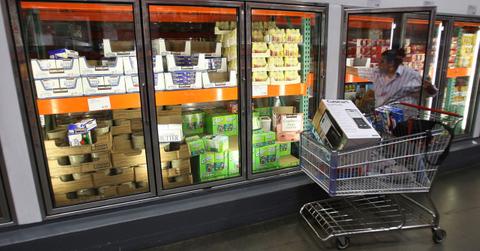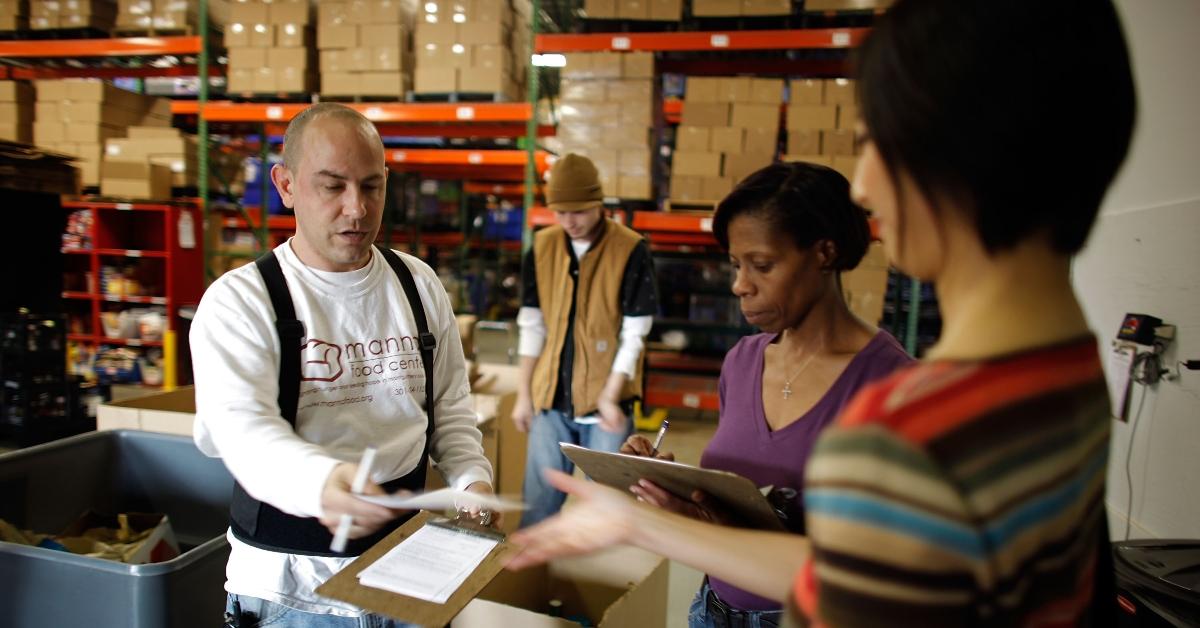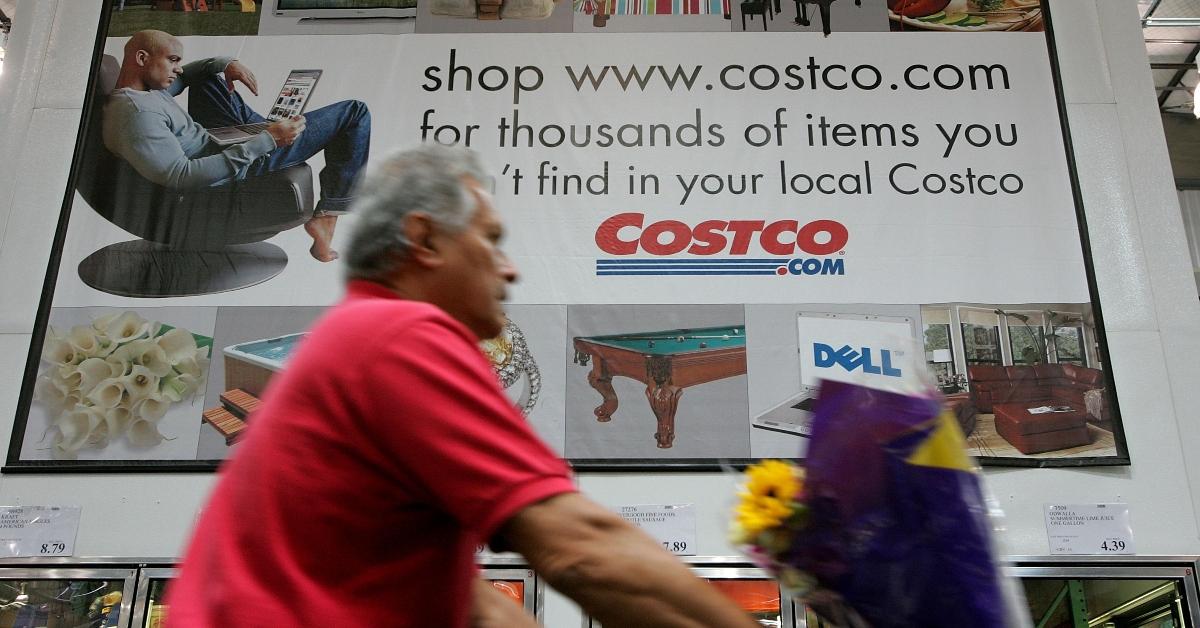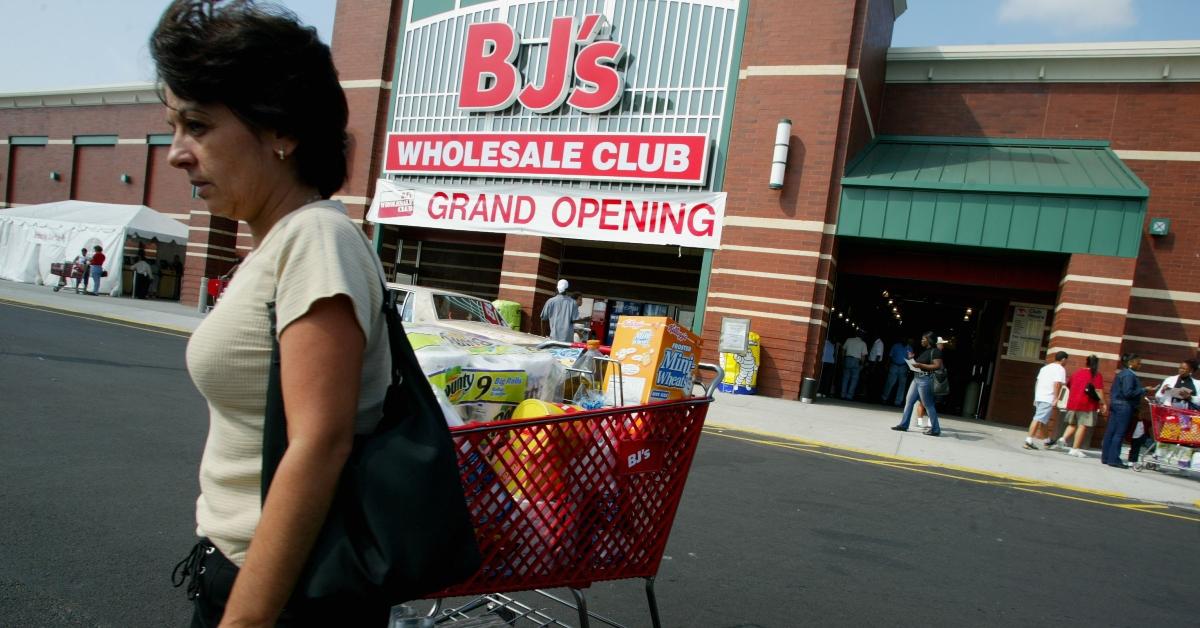Wholesale Inflation Is Making Headlines — Here's What It Means for You
What is wholesale inflation, and how does it impact you as a consumer? To understand wholesale inflation's meaning, you have to understand what wholesale means.
Oct. 12 2022, Published 3:57 p.m. ET

The cost of living is the highest it has been in 40 years. Everywhere you turn, there is news about rising inflation. Now, news outlets are talking about growing “wholesale inflation.”
What is wholesale inflation, and how does it impact you as a consumer? Let’s look more into wholesale inflation and what it means to you.

What is wholesale inflation?
To understand the meaning of wholesale inflation, you first have to understand what it means for something to be wholesale. A wholesale price is the cost businesses pay producers and manufacturers for goods they turn around and sell to consumers, typically at a higher cost.
Buying wholesale usually means buying in bulk. The difference between the wholesale price and what you pay for something in the grocery store or retail shop is the profit those businesses use to pay their bills and stay open.
Consumers can purchase things at wholesale prices at wholesale warehouses like Costco and Sam’s Club.
The Producer Price Index measures wholesale inflation.
In the U.S., wholesale prices are reported via the Producer Price Index (PPI), much like consumer prices are tracked with the Consumer Price Index (CPI). The PPI, which was called the Wholesale Price Index (WPI) until 1978, is a measure of inflation in wholesale prices.

According to the Bureau of Labor Statistics, which compiles the PPI data, the PPI “measures the average change over time in the selling prices received by domestic producers for their output.”
Wholesale prices rose 0.4 percent in September 2022.
On Oct. 12, the bureau announced that the PPI rose by 0.4 percent in September, which was higher than expected, CNBC reports. Over the past 12 months, wholesale prices, excluding food, energy, and trade services, increased by 5.6 percent, the Bureau of Labor Statistics reported.
Wholesale food prices were up 1.2 percent, and energy was up by 0.7 percent, the BLS reports.
What does the increase in wholesale prices mean for consumers?
The increase in wholesale prices will eventually hurt your pocketbook. Retailers and other businesses may be forced to raise their prices if the wholesale prices they pay increase.
You’ll also probably spend more at Costco or Sam’s Club because of the rising wholesale prices.

The latest CPI numbers are due Oct. 13.
On Oct. 13, a day after the PPI data was released, the Bureau of Labor Statistics is scheduled to report the latest Consumer Price Index (CPI) data, which will give a better idea of how much consumer prices are expected to increase.
Last month, the bureau reported that the CPI had increased 8.3 percent over the previous 12 months.
In an attempt to stem the tide of rising inflation, the Federal Reserve has raised interest rates five times this year. Another interest rate increase is expected when the Fed meets again on Nov. 2.
“Inflationary momentum has built up in the U.S. economy and will persist near-term, keeping the Fed hiking aggressively,” Bill Adams, chief economist for Comerica Bank, told CNBC.
